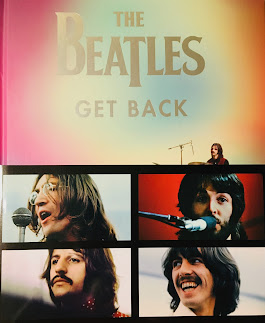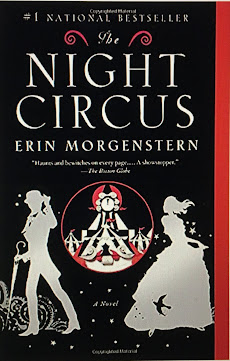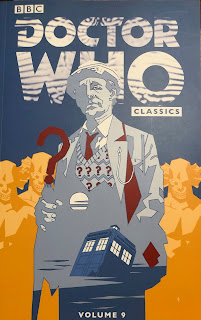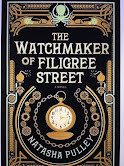Evolution of a Moment in History: The Beatles Get Back
In this first of my year of Beatles posts, I’m taking a closer look at Get Back, the companion book to the still streaming Peter Jackson project on Disney+, first hit the streaming service on November 25, 2021. A winner of 5 Emmys (a clean sweep of all the nominated categories), the book is more or less a transcript of what you’ll see on the screen. It's really taken this long to write about this because I keep rewatching and re-reading.
Peter Jackson’s long-awaited documentary was an obvious labor of love for the self-proclaimed Beatles fan. Much as his Lord of the Rings films were the product of a lifelong fascination with the Tolkien books, Jackson lived every fan’s dream when he was given access to hours of recordings and footage from the making of Let it Be. The Beatles 1970 film and album were released after the band’s split, and for many fans became a totem to the demise of the band, the end of a decade of music, and the closing of the Swinging Sixties.
The special was released on several consecutive nights and was recently released on DVD and Blu-Ray, though sales have been less than stellar.
The book is fun to read, though a little unwieldy. (Well, more than a little—thought it’s not nearly as unwieldy as The Beatles Anthology book, but that’s another post!)
What I enjoyed most about it was being able to read along with some of the scenes. Sometimes when watching, I’d become distracted. Some minor moment, an expression on someone’s face, a piece of music, or sometimes just the fashions of the time would catch my eye and before I knew it I’d missed something someone had said. Keeping the book nearby, I found I could pause the playback, check the text, and catch up. If something struck me, I could then rewind if I thought it necessary.
Get Back might just change that. Fans, already clamoring for a re-release of Let it Be, might be less willing to accept the disappearance of this particular piece of cinematic history.
It’s the brightness and the vibrancy that I found shocking. Vivid, clear—like seeing an HD television picture in
1960—the photos do more than just document the moments of the film. They feel new. The narrative and the photos don’t simply tell the Get Back story or even the Let it Be story. It’s a new story—that we’re hearing for the first time—a rewritten narrative that’s truer than the Let it Be narrative.
In some ways I get more out of the film because of the book. I’m grateful to Paul and Ringo for their participation in the project, and I’m grateful to Peter Jackson for approaching this project as a Beatles fan.








Comments
Post a Comment